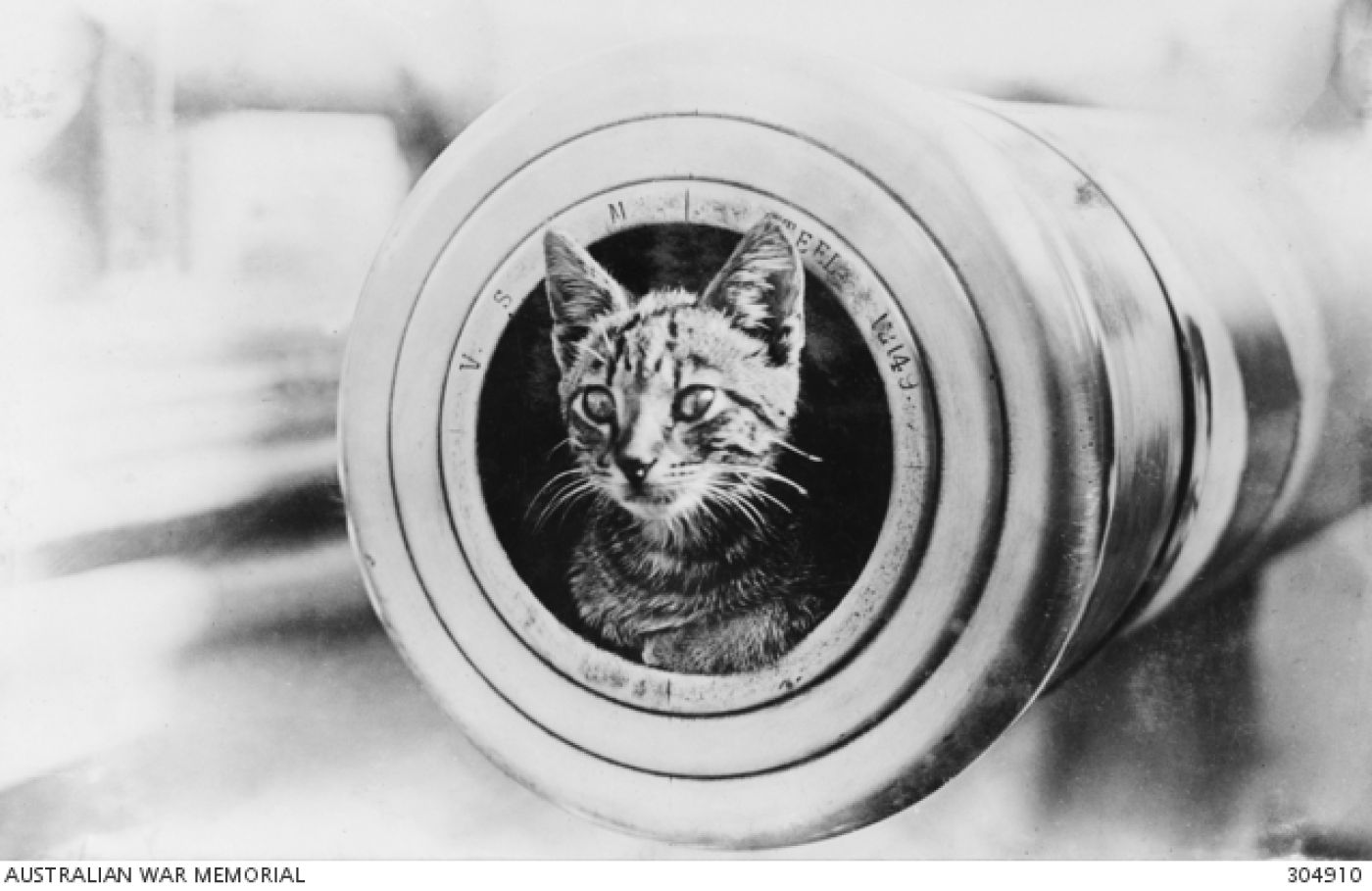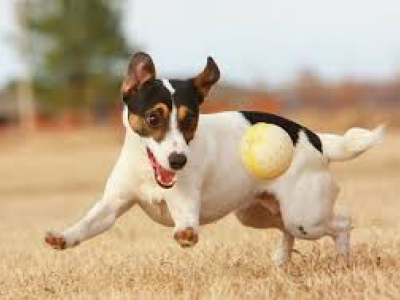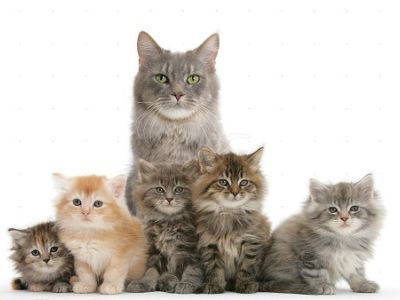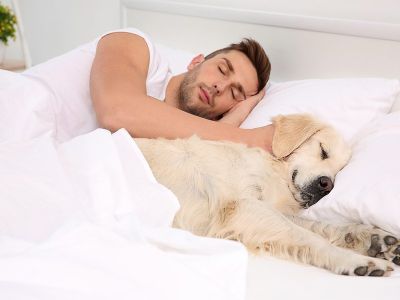Lest We Forget

The animals who stood by our men and women.
While April 25 is a day of national remembrance for Australian and New Zealanders who served and gave their lives in times of conflict, peacekeeping operations and war, there’s a lesser-known story we don’t always tell on ANZAC day. That’s the story of the service animals who stood alongside our men and women.
More than 16 million animals served during the First World War, including cats, dogs, horses, birds, camels and mules. They uses varied from being mascots, providing comfort, carried messages, transported wounded soldiers to safety and were instrumental in moving large quantities of ammunition, food and water and medical supplies.
The Australian War Memorial immortalizes the loyalty and sacrifice of these animals. These are a tiny glimpse into the way they supported our battalions:
Sandy was the only horse to return home from Gallipoli in 1918. He was ridden by a Major General who died from sniper injuries.
HMAS Encounter had a cat as a mascot who would sit in the muzzle of a gun.
Other army mascots included a rooster called “Jack” who would attack any stranger that entered the unit lines.
The War Memorial has a picture of a corporal holding a koala in 1915.
A German message dog was captured in 1918, renamed and then used to pull a cart with supplies.
Medium sized, domestic trained dogs were also used in 1918 as messenger dogs.
Labradors were used in Vietnam in 1967
Let us remember that service comes in manty different forms.



